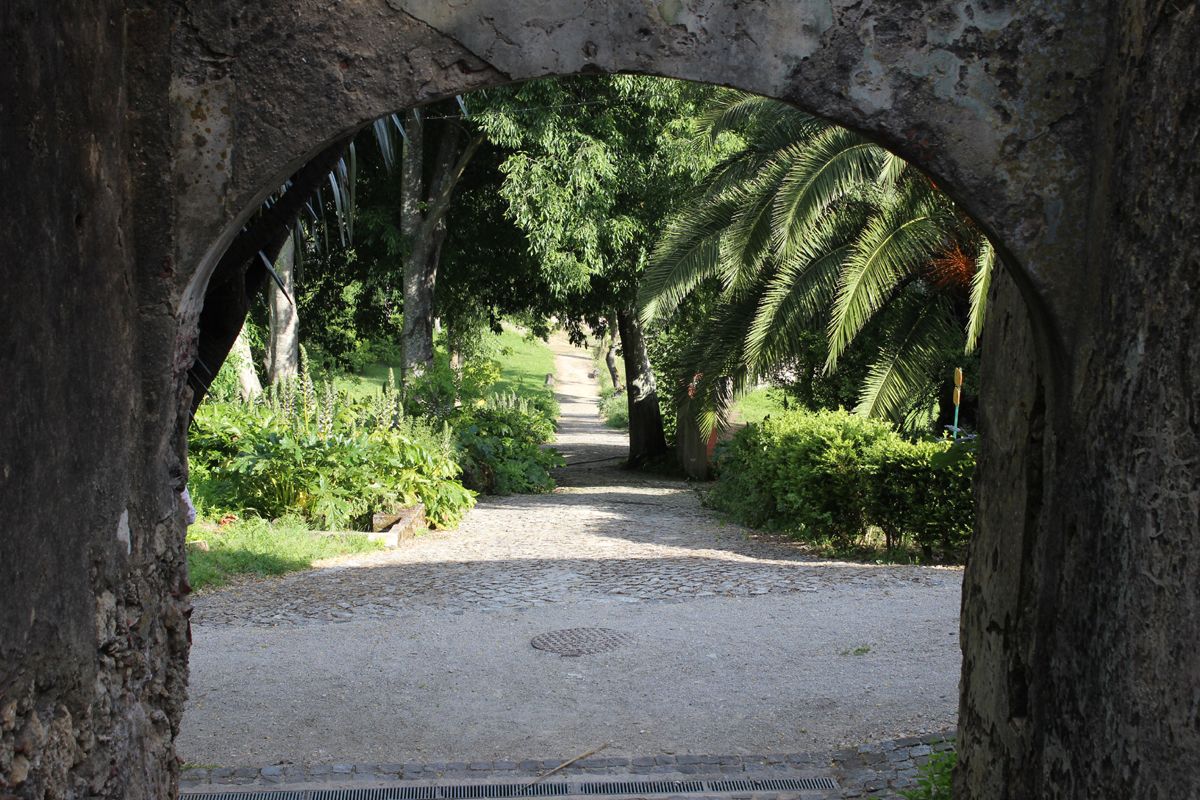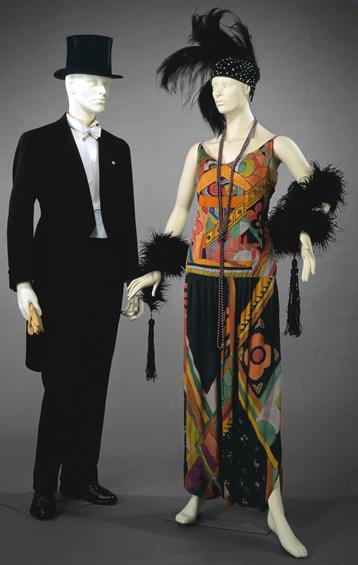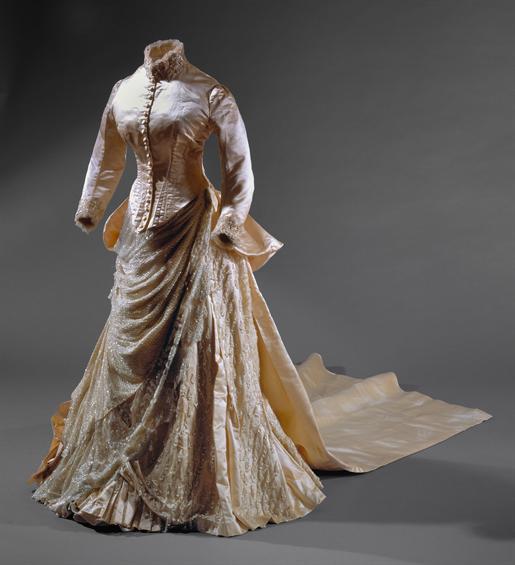The National Costume Museum opened in 1977 and is the result of a consolidated project which materialised with the exhibition The Civil Costume in Portugal, of which Natália Correia Guedes, the museum's first director, was in charge. It is housed in the Angeja-Palmela Palace, in a former Lisbon recreational farm, and its garden – the Monteiro-Mor Botanical Park – is also open to the public.
The National Costume Museum brings together a collection of historical garments from the 18th century to the present day, presented to the public in a permanent exhibition featuring items from different historical periods, styles or trends that change on a regular basis. Collections in Detail is a set of temporary exhibitions presenting the core of the collection or exploring different themes. Established with donations from private individuals, it also relied on the incorporation of garments and accessories from other museums, in particular the acquis of the National Coach Museum and its important collection of costumes from the Royal House held by this museum since 1904. In the years that followed and to this day, donations from individuals have been the major source of items for this museum's collection. Currently, more than 90% of the Museum's acquis – about 38,000 items – comes from donations.
This acquis included several collections essentially representing the civil costume and its accessories, from the eighteenth century to the present day, documenting the evolution of costume in this period, and representing above all the art of dressing of the aristocracy and the upper or middle bourgeoisie. The popular costume, almost absent from the collections when the Museum was created, did not witness big fashion variations and there are no known examples from old times.
Women's clothing represents the largest part of the collection, along with all kinds of accessories. It is completed with the collection of underwear, abundant and representative of the nineteenth and twentieth centuries. Men's clothing is also featured, particularly from the days when silk and linen were the preferred fabric. An interesting collection of children's clothing completes the core of civil costume. The museum's acquis includes also has collections of dolls and their costumes, and paintings and furniture, among others.




